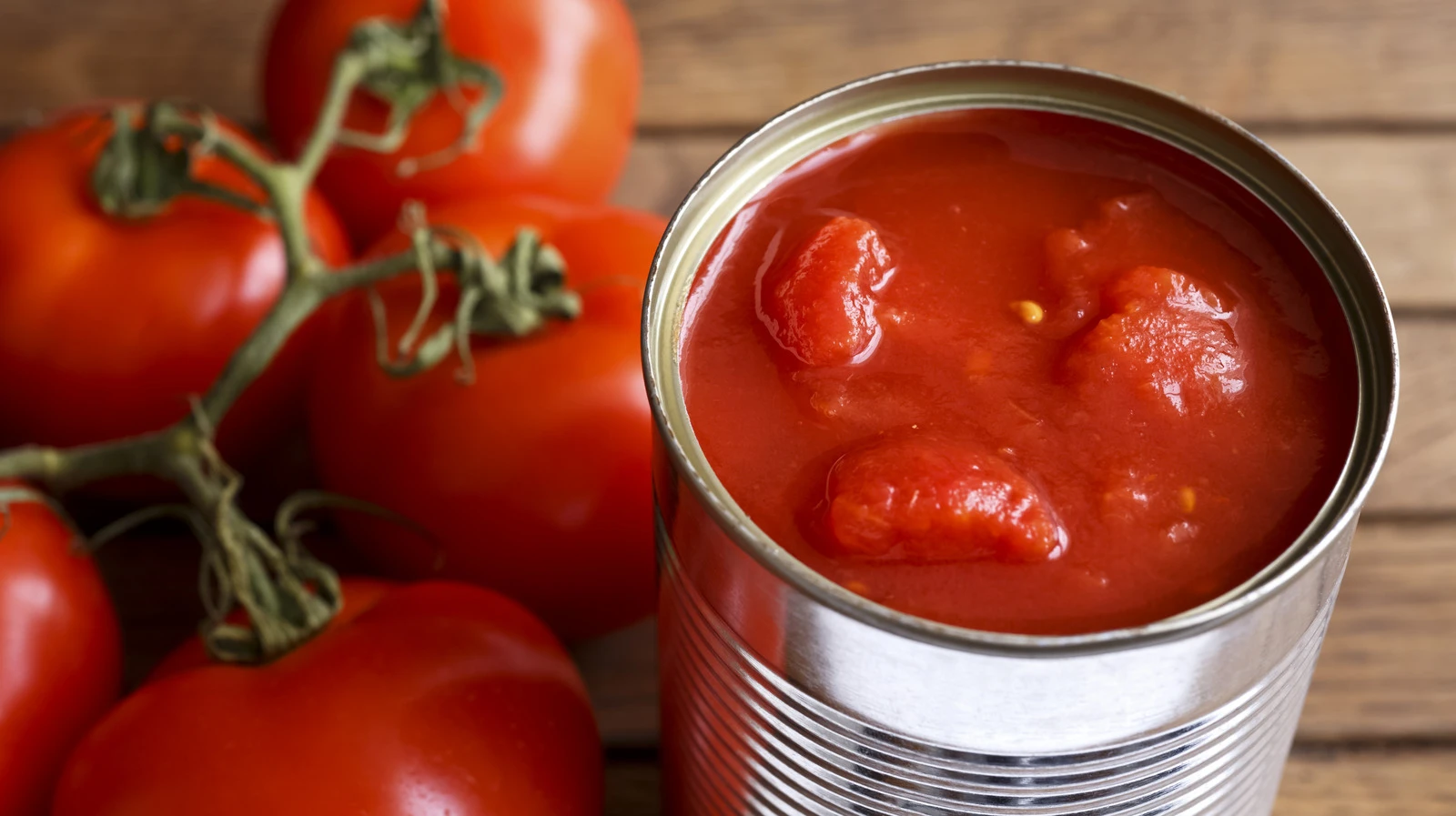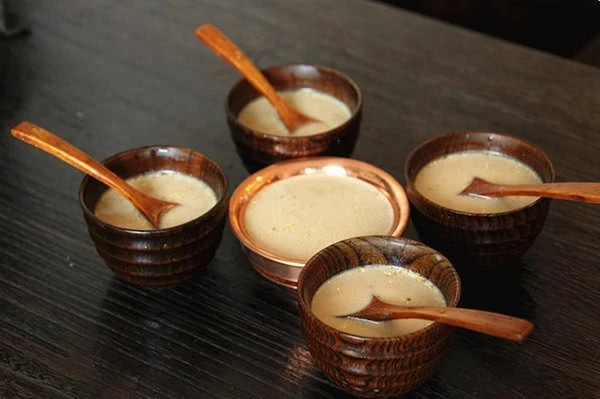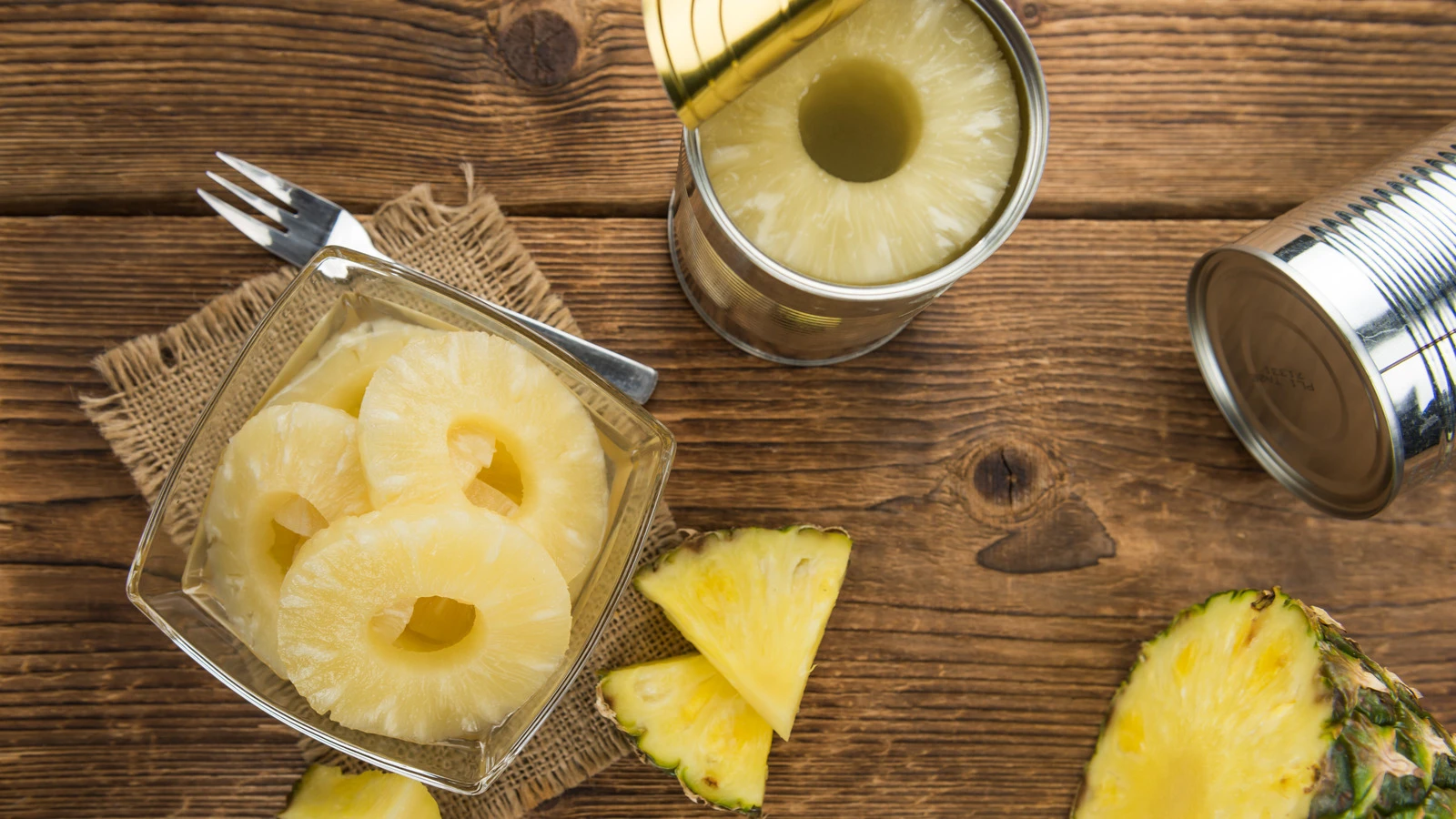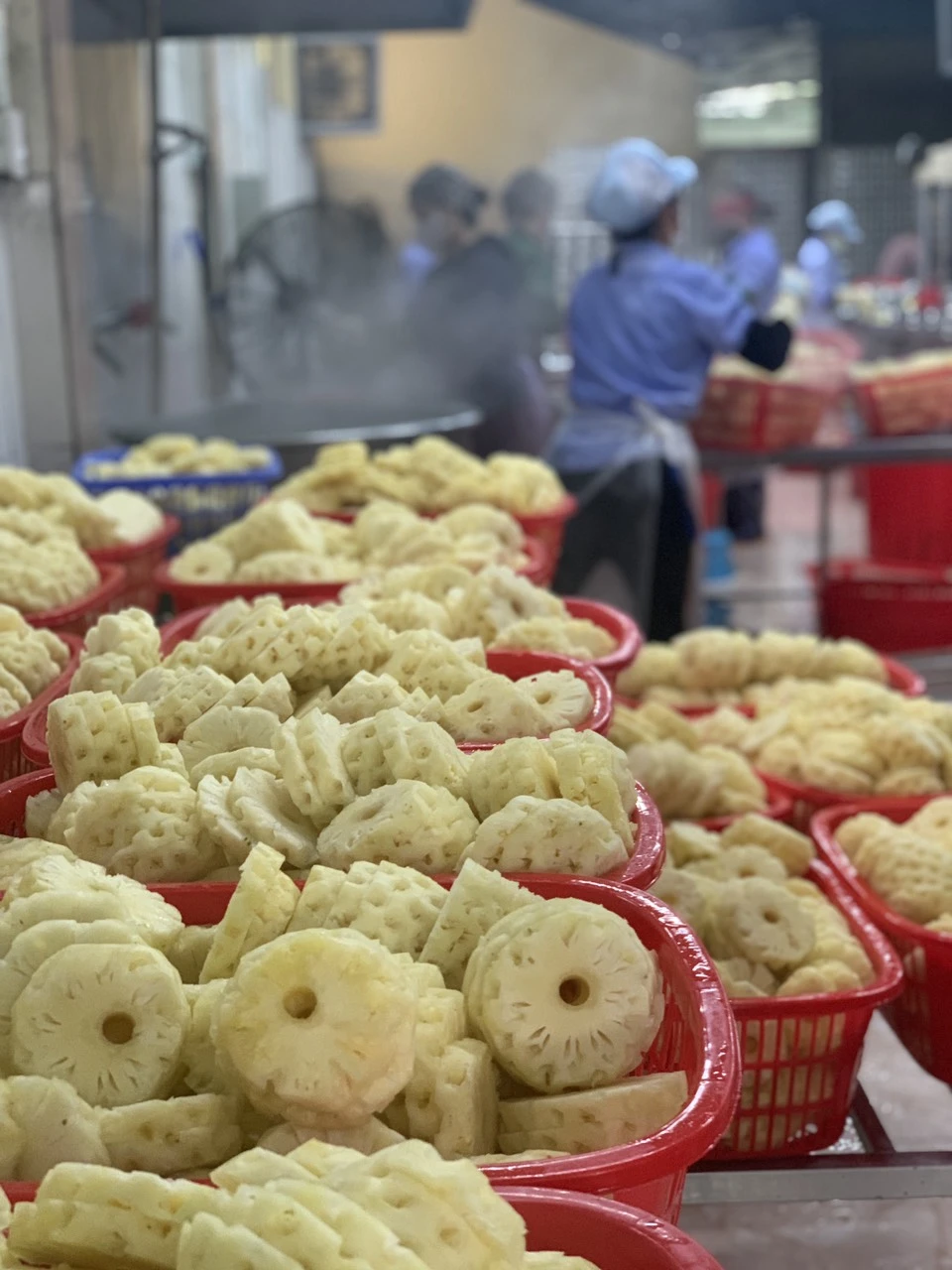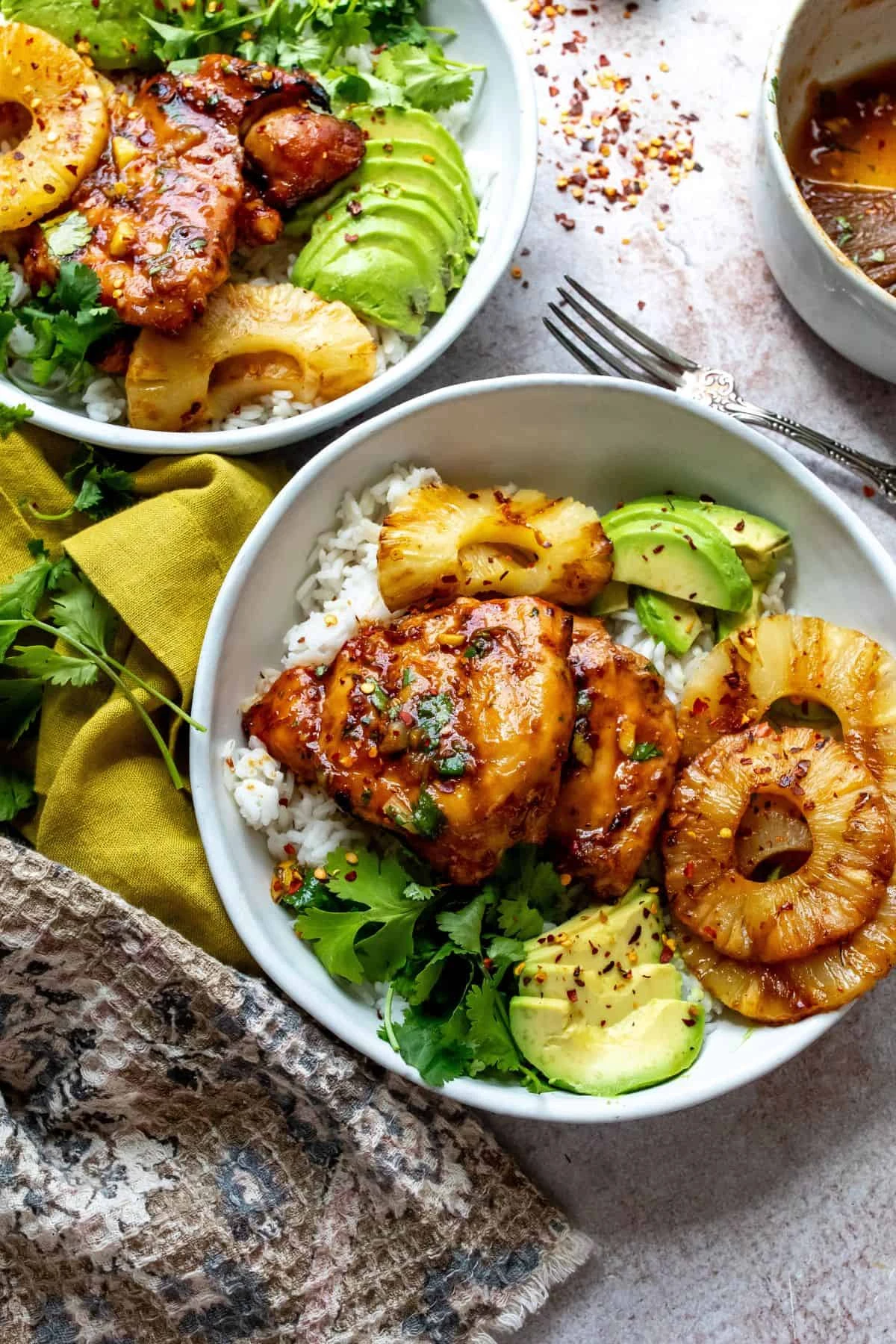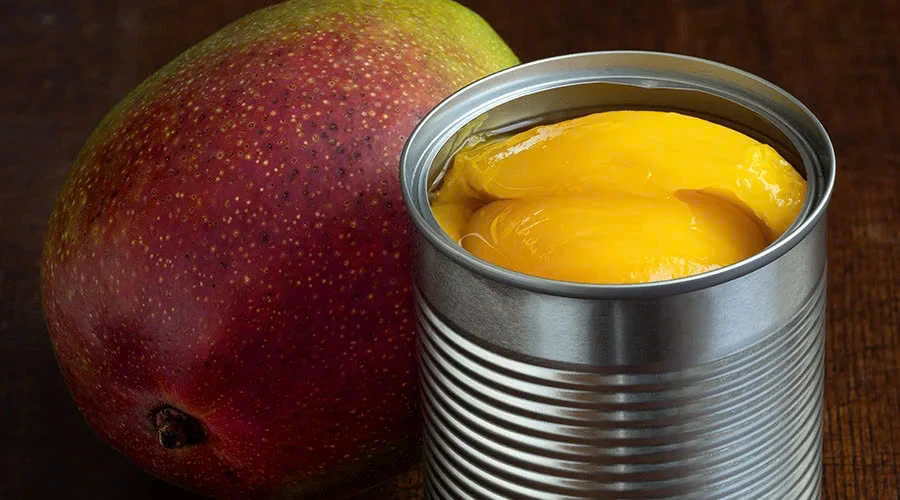Battle of the Grains: Indica vs. Japonica Rice Explained
What’s the difference between Indica and Japonica rice?
The first major difference is in the shape and texture of the grains. Indica rice usually has long, slender grains that stay firm and dry after cooking. On the other hand, Japonica rice – especially short grain Japonica rice – has short, round grains that become soft and slightly sticky when cooked.
This is because Japonica rice has more amylopectin, a type of starch that gives it that moist, chewy texture. Meanwhile, Indica rice contains more amylose, which makes it cook up drier and more separate. If you’ve ever eaten Japanese rice or sushi, then you’ve tasted the signature stickiness of Japonica sushi rice.
In texture and taste, Japonica stands out
Texture is a big part of what makes rice satisfying. Japonica rice has a soft, slightly sticky feel that’s very comforting and easy to eat. It works well with simple meals like grilled fish, eggs, or stews, where the rice compliments the flavor rather than just being a side dish.
By contrast, Indica rice is more neutral in flavor and has a looser texture. While that can be good for fried rice or curries, it doesn’t offer much flavor or mouthfeel when eaten on its own. This is why more people are now looking to buy Japonica rice for everyday meals — not just for sushi.
Source: https://Japonica Rice
Easy to cook, perfect for many dishes
Japonica short grain rice is easy to prepare once you get used to it. Just rinse the rice well, soak it for 20–30 minutes, and then cook with the right amount of water. The result is soft, fluffy rice with just the right amount of stickiness.
Many home cooks and chefs love Japonica Calrose rice, a type of Japonica grown in California, for its balance of softness and ease of use. From sushi rolls and rice balls to simple white rice served with meat or vegetables, Japonica rice always delivers a great texture.
Availability and price
You can now easily find Japonica rice near me at most supermarkets, Asian grocery stores, or online platforms. Popular types include Japonica pearl rice, medium grain Japonica rice, and short grain Japonica glutinous rice.
Although the price of Japonica rice is often slightly higher than Indica, many people feel the quality is worth the cost. Whether you’re cooking Japanese food or just want better rice with your everyday meals, Japonica gives a more premium experience.
Introducing TMICORP’s Japonica Rice
If you’re ready to experience the soft, slightly sticky texture and full flavor of premium Japonica rice, TMICORP offers an excellent option. Our Premium Japonica Rice features beautifully round, plump grains carefully selected from Vietnam’s top rice-growing regions. With its consistent sweetness, moisture, and texture, this short grain rice is perfect for sushi, rice balls, or everyday meals that deserve something better than ordinary rice. Packed in flexible sizes from 1 kg to 20 - 30 kg, TMICORP’s Japonica rice meets the needs of both home cooks and professional kitchens. Thanks to meticulous processing and strict quality control, every grain delivers the ideal balance of softness and stickiness — making it a standout choice for anyone looking to elevate their meals. Whether you're searching to buy Japonica rice near you or online, TMICORP brings premium quality right to your table.
Source: https://tmicorpgroup.com/japonica-rice
Conclusion: Japonica is the better choice
When comparing Indica and Japonica rice, it’s clear that Japonica offers more in terms of taste, texture, and overall enjoyment. While Indica rice is good for certain dishes, Japonica rice brings out the best in both simple and refined meals.
So if you’re thinking about switching up your daily rice, or looking for something that works well in both Asian and Western dishes, give Japonica rice a try. Whether it’s Japonica white rice, sushi rice, or Calrose, one bite and you’ll understand why so many people love it.


